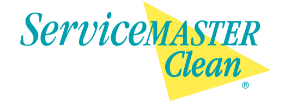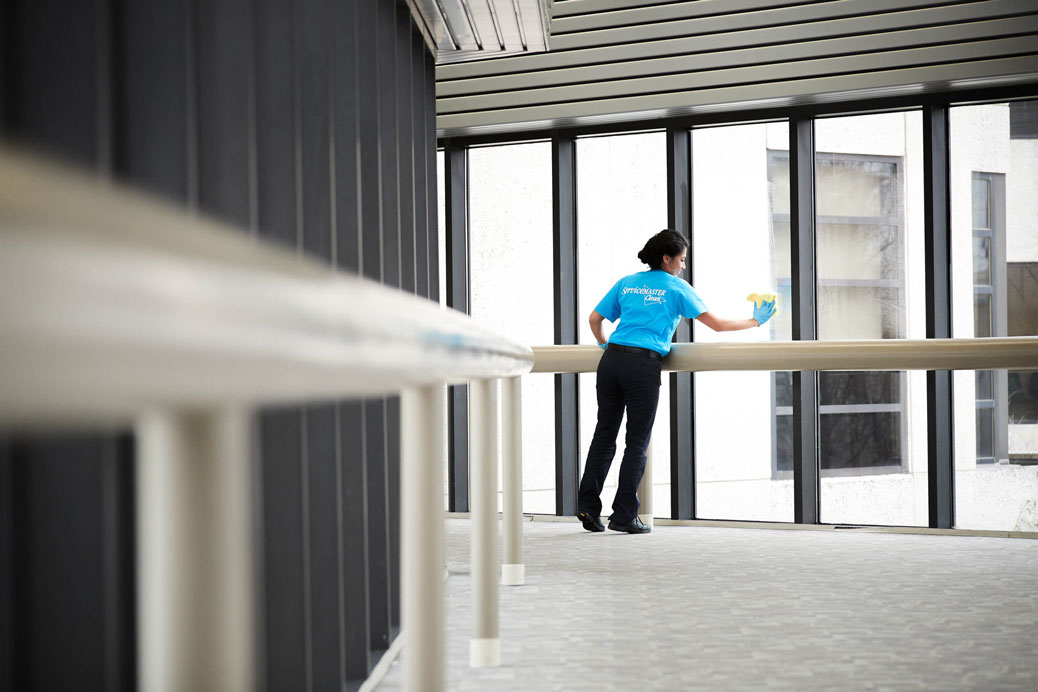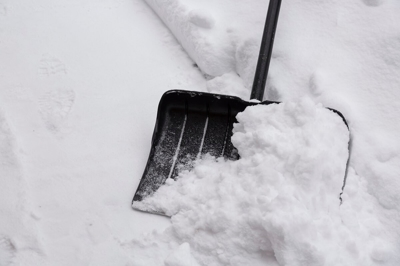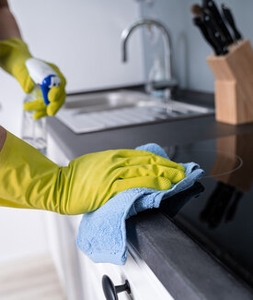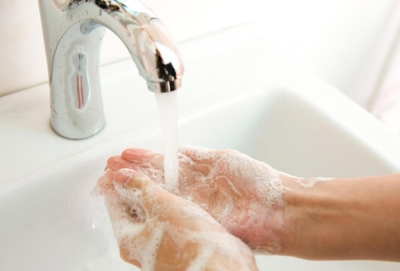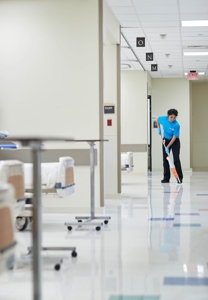Disinfection In The Work Environment: How Much Is Too Much?
Creating and maintaining a clean, safe and healthy work environment is a frequent topic in today’s world. The two main elements in maintaining a clean, safe and healthy work environment are cleaning and disinfecting. Cleaning is important as it is the physical removal of dirt, dust, and debris. Along with removing dirt, dust and debris, some pathogens are removed by washing them away, reducing the amount of pathogens present.
Cleaning, however, does not fully disinfect the surface. Applying an EPA registered disinfectant will kill or inactivate up to 99.9999% of pathogens present on surfaces. Disinfection also eliminates the risk of cross contamination that may occur in the cleaning process.
How Frequently Should You Disinfect Your Work Environment?
In terms of frequency, disinfecting should occur based on use. The Centers for Disease Control (CDC) recommends surfaces that are considered “high-touch” be disinfected on a regular basis. High-touch surfaces can include surfaces like light switches, door handles, counter tops, desks, etc. Determining what regular means depends on the work environment itself and how often others are touching those high-touch surfaces.
It is also important to remember the purpose of disinfecting high-touch surfaces is to break the chain of infection by eliminating the environment from the infection equation. Breaking the chain of infection by disinfecting high-touch surfaces limits the amount that pathogens can multiply, therefore reducing the risk of transmission via touch.
Guidelines To Follow For Disinfectant Use In Work Environments
Knowing that pathogens can reside on surfaces and multiply can lead to the assumption that the more disinfectant applied across the entire work environment can reduce the risk of infection even further. Though it is true that cleaning and disinfecting can reduce the amount of pathogens when applied on surfaces, questions to be considered are, 1) how frequently is the surface touched by someone’s hands, 2) what or who comes in contact with that area, and 3) what are the potential hazards of the type of disinfectant being applied.
- When it comes to surfaces to disinfect, the CDC recommends high-touch surfaces be thoroughly cleaned and disinfected. Other areas that are not frequently touched may be disinfected at a lower frequency. This targeted approach can help prevent the misapplication of the disinfectant and also reduce the cost of maintaining a clean, safe, and healthy work environment.
- Contact is not just an important consideration for applying disinfectant, it is also important when considering the areas being disinfected. When disinfecting areas where food is prepared or consumed, the product label should be carefully followed. Although there are some food contact surface approved disinfectants, most require a potable water rinse once the proper dwell time has been achieved. Finally, it is important to consider the overall amount of disinfectant being applied in the work environment, and whether it is efficient and economical to disinfect areas like walls, ceilings, etc.
- Not all disinfectants are created equal, in both their chemistry, and their application. Just because a disinfectant is killing pathogens doesn’t mean it isn’t killing something else. Harsher disinfectants like bleach or peroxide can cause damage to the human body, as well as the surfaces they are applied to. Quat based disinfectants are less dangerous than bleach or peroxide, but still come with hazard risk. Therefore, it is highly important to know what disinfectant is being used and the hazards associated with it. The application of a disinfectant can also pose health risks. Whole are applications like fogging introduce the disinfectant as a micro-droplet into the environment. Those micro-droplets can easily be inhaled into the lungs by anyone present at the time of application.
Regular Cleaning And Disinfection Is Key To A Safe And Healthy Business
A clean and healthy work environment has never been more important to the health and safety of employees. Understanding how and when to properly disinfect will help ensure a clean, safe and healthy work environment doesn’t turn in to a health hazard.
